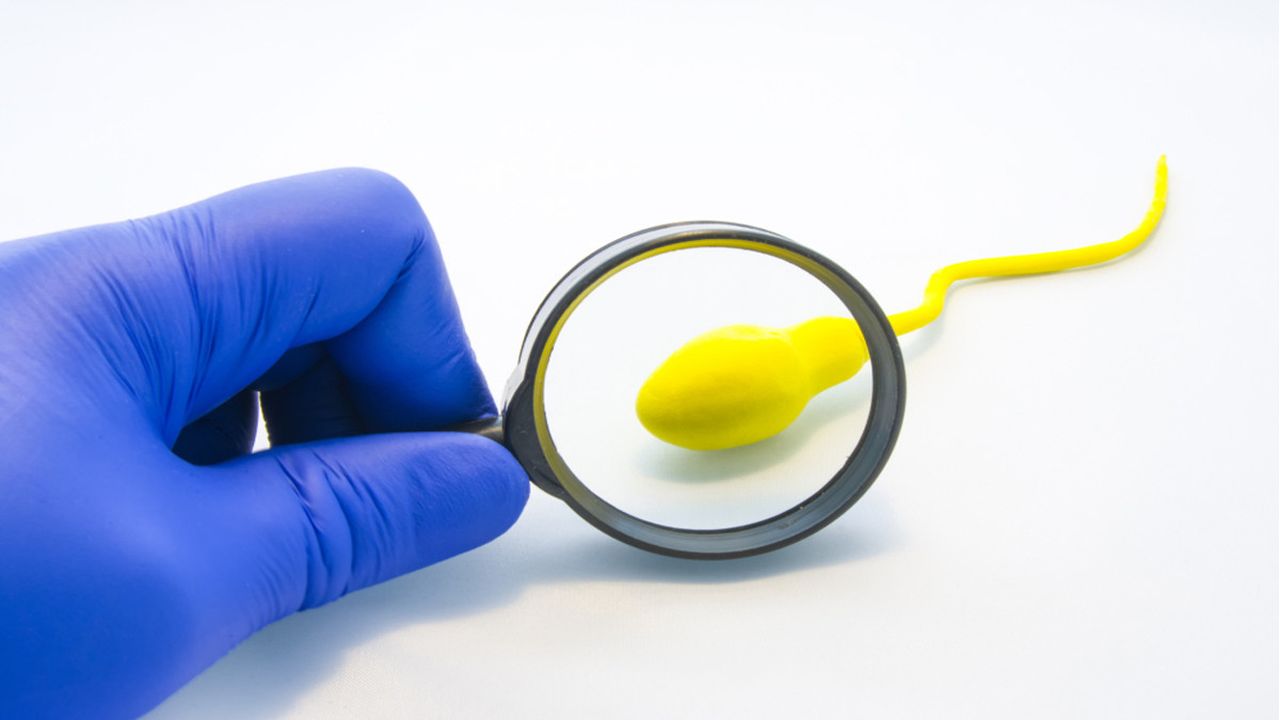
- Early Warning Self Test kits
Hay fever, also known as allergic rhinitis, commonly affects the nose, eyes, and throat. It is caused by an overreaction of the immune system to allergens such as pollen, dust mites, and pet dander. Symptoms of Hay Fever include:
In some cases, hay fever can cause asthma symptoms such as coughing, wheezing, and difficulty breathing.
Globally, hay fever affects an estimated 10-30% of the population. It is one of the most common allergic conditions in the UK, affecting around 1 in 5 people.
Hay fever is more common in children and young adults but can occur at any age. It tends to be more prevalent in urban areas with high levels of air pollution and pollen counts.
If you suspect you have hay fever, you should see a doctor or allergist who can perform tests to determine the allergens causing your symptoms. Many treatment options are available, including over-the-counter antihistamines, nasal sprays, and allergy shots.
Hay fever is caused by an overreaction of the immune system to allergens, which triggers an allergic response. While many allergens can trigger hay fever, the most common is pollen.
Identifying the specific allergen causing your hay fever symptoms is important to avoid exposure. A doctor or allergist can perform allergy tests to determine the specific allergens triggering your symptoms. Avoiding allergens, taking medication, and receiving allergy shots are all effective treatment options for hay fever.
Various types of pollen commonly trigger hay fever, and the severity of the symptoms may depend on the type of pollen to which the individual is exposed. Here are the most common types of pollen that affect hay fever sufferers:
Tree pollen
Grass pollen
Weed pollen
It is important to note that each pollen type’s peak season may vary depending on the geographical location and climate. For example, pollen season may start earlier in warmer areas, and in colder areas, it may start later.
Individuals with hay fever should take precautions during peak pollen season to minimize their exposure to allergens. They can wear a mask outdoors, close windows and doors to prevent pollen from entering the home, and avoid going outside during peak pollen times. If symptoms persist, seeing a doctor or allergist is important for proper diagnosis and treatment.
Hay fever commonly affects many people worldwide. It is caused due to an allergic reaction to pollen or other allergens, which results in inflammation of the nasal passages and other parts of the respiratory system. Here are the common symptoms of hay fever:
Sneezing
Runny or stuffy nose
Itchy, watery eyes
Itchy throat and ears
Fatigue
These symptoms can significantly affect an individual’s daily life, particularly during the peak pollen season. Untreated hay fever can also lead to potential complications, such as:
Sinusitis
Ear infections
Asthma
Sleep disturbances
Decreased quality of life
It is crucial to seek medical attention if symptoms persist or worsen, as untreated hay fever can lead to serious complications. A doctor or allergist can diagnose properly and recommend appropriate treatment options, such as antihistamines, nasal sprays, and allergy shots. In addition, taking preventative measures such as avoiding allergens, keeping windows and doors closed during peak pollen season, and wearing a mask can help manage hay fever symptoms and prevent complications.
Hay fever can significantly affect an individual’s daily life during the peak pollen season. However, there are various methods of managing hay fever symptoms, including:
Medications
Allergy shots
Avoidance measures
Natural remedies
It is important to consult with a doctor or allergist before trying any natural remedies or making significant changes to medication or treatment plans. In addition, taking preventative measures such as keeping the home clean and dust-free, and avoiding exposure to irritants such as cigarette smoke, can also help manage hay fever symptoms.
Although there’s no cure for hay fever, there are things you can do to prevent or reduce the symptoms, including:
Avoiding allergens
Using air purifiers and air conditioning
Keeping windows and doors closed
Wearing a mask
Taking medication
It is important to consult a doctor or allergist to determine the best way to manage hay fever symptoms and prevent complications. By taking preventative measures and managing symptoms, individuals with hay fever can improve their quality of life and enjoy outdoor activities with reduced discomfort.
Hay fever can cause discomfort and interfere with daily activities. It is important to take preventative measures to reduce exposure to allergens, especially during peak pollen hours and on windy days. Here are some reasons why:
Peak pollen hours
Windy days
Symptoms
By taking simple precautions such as staying indoors during peak pollen hours and on windy days, individuals with hay fever can reduce their exposure to allergens and alleviate symptoms. It is important to consult a doctor or allergist to determine the best way to manage hay fever symptoms and prevent complications.
Hay fever can be challenging to manage. While many people can manage their symptoms with over-the-counter medications, some may find that their symptoms persist despite treatment. This is where allergy testing can be beneficial.
Here are some important points about hay fever and allergy testing:
If you suspect you have hay fever or experience persistent allergy symptoms, it may be worth considering allergy testing. Talk to your healthcare provider about whether allergy testing is right for you.
In Summary, if you suspect you have hay fever or experience severe symptoms, it is important to seek medical advice. Your doctor can help diagnose the condition and recommend appropriate treatment options. By managing your hay fever symptoms, you can enjoy a better quality of life and prevent potential complications.